
By Courtney Guscott
Nora Ramos never starts a morning without her coffee—two sugars, one cream, preferably as strong as Café Bustelo. Even on a sweltering June day, her routine doesn’t break. Living above a strip of bodegas in Parkchester makes it easy: step outside and there’s everything she needs—Fine Fare, a laundromat, a pizzeria, a deli, and more, all on the same block.
Born in Trinidad and now 56, Ramos has built her version of the American Dream around this convenience. A quick coffee run should take 10 minutes, but familiar faces and warm conversations always stretch it out. The problem is, before she can even make it to the deli—before she can repeat her order three times in broken Spanglish or wrestle with the familiar dilemma of whether to get a corn muffin (even though she always does)—a child blocks her path, calling her name with wide-eyed excitement. And the strangest part? She has no idea who they are. After two decades of running a daycare from her apartment, Ramos is used to excited kids. She’s cared for dozens over the years. But this one? She’s never cared for them—only their cousin, whose family moved away in 2016 when rising rent forced them out, ending her time with them. “I’ve taken care of brothers, sisters, cousins—everyone in the family knows Ms. Ramos.”
In close-knit communities like this one, change often comes at a quiet cost. In August 2024, City Council approved the Bronx Metro-North Station Area Plan, promising 7,000 new homes—including 1,700 affordable units—and 10,000 jobs near four new train stations. But behind the progress, people like Ramos are often left behind. Older generations and longtime residents have only ever known this one place. Parkchester is home—it’s where their hearts are. But the very people who built it won’t even afford to live here anymore.
“It’s home away from home,” she explains when asked about her overall impression of the neighborhood. She’s only ever moved twice, and her homes were as short as a block distance from one another, the thought of leaving Parkchester is foreign to the older generation of residents like her. “This here, everything you see today was created by us, it will end with us.” That’s why plans like the new Metro-North expansion feel so distant to her. The city talks about boosting job hubs in places like Morris Park and Hunts Point, improving transit, and building more housing—but for longtime residents like Ramos, it often feels like a future being built for someone else. Nora met her late husband in Parkchester, when he offered to show her the ropes of American culture and now she’s still here with their son maintaining a legacy not just to their family but those to the community.
Despite the condominium rules, several noise complaints over the years, and the hassle of studying for a license and registration in child care, Ramos was always contributing to the community the best way she knew how. As a mother herself and the nature of Caribbean culture, she understood the importance of family and child care but what it meant for some parents to have someone they trust to watch their kids while they worked without it costing an arm and a leg. Too much of her chosen history is there, it’s one of the reasons she can’t ever think of leaving Parkchester. Let alone think about raising her prices for her services. While she initially moved for more space as more children came into her care, it also meant tackling new rent costs. “I was lucky, it’s manageable since I rented out before the virus but it’s crazy these days. So much has changed and we didn’t ask for it. So who’s it for?”
Parkchester, a planned community in the Bronx, was built in the 1930s and ’40s by the Metropolitan Life Insurance Company, was designed to be a “city within a city” complete with its own shops, entertainment franchises, and local necessities that didn’t require the locals to travel strenuous lengths. Despite its potential, the community’s history wasn’t always exempt from lack of inclusion. Black and Latino families were excluded under company policy, and yet now make up 23% and 59% of the community respectively in 2022.
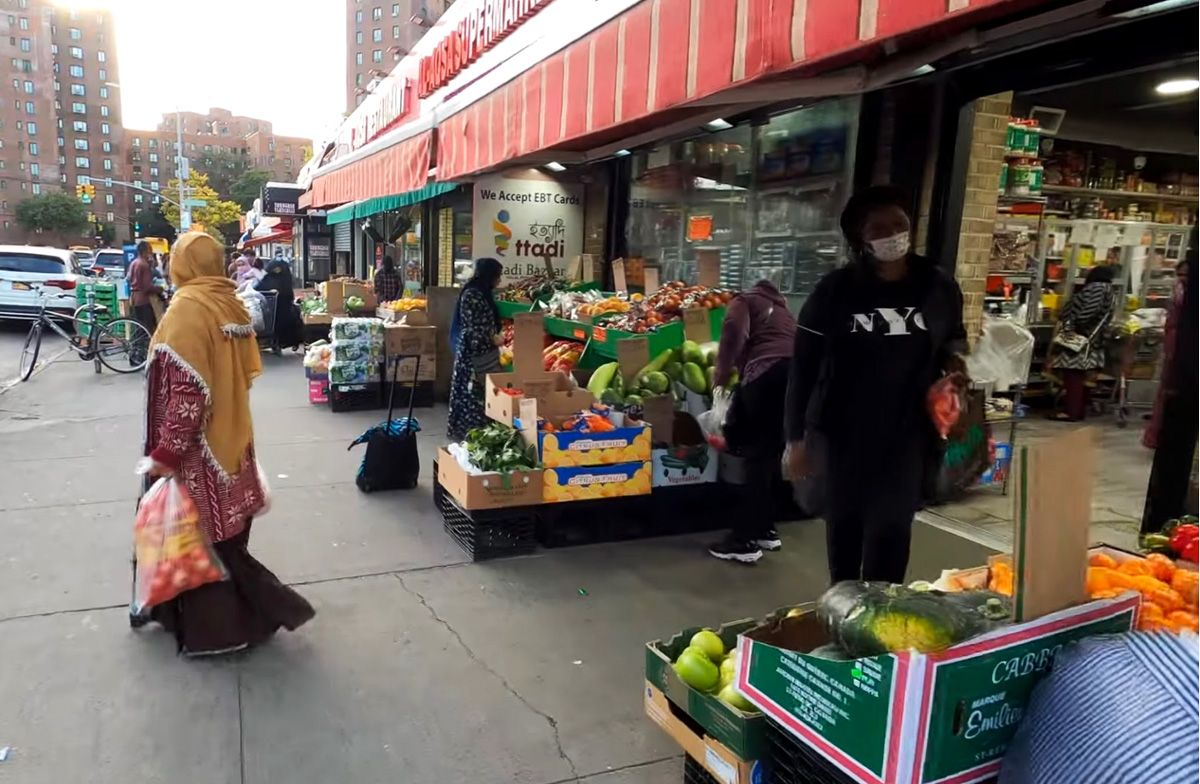
The Bronx Metro-North Station Area Plan is all about preparing neighborhoods for the four new Metro-North stations coming to Parkchester/Van Nest, Morris Park, Hunts Point, and Co-op City that reconnect the city with their smaller hubs. Alongside zoning changes meant to boost affordable housing and local businesses near the new transit stops, the plan also promises major investments—to improve public spaces, transportation access, safety, and environment resiliency for Bronx residents. Yet not everyone sees the plan as a win. For many local business owners, the changes bring more uncertainty than relief. Rising property values and shifting demographics have some worried that longtime shops and services could be priced out or pushed aside in favor of newer, high-end development.
“We were struggling, but we still tried to show up for the community,” says Luis Santiago. “That’s what this store has always been about—taking care of each other.” Santiago is a second-generation business owner who grew up in the North Condominium community of Parkchester and took over the local family bodega from his father. The COVID-19 pandemic put a dent in their business; between the global quarantine and his father catching the virus, time and money were spent on their family’s wellness. Yet Luis stayed open for not only his father but the community as well.
Bodegas and their convenience are what make them staples to the community; they’re a hub of all necessities people need but without the price tag of large brand-name stores. The Santiagos pride themselves on their affordable prices, considering their small-town roots in Puerto Rico and despite it being their only means of income for them, it isn’t about the money. “It’s not about making life better for us; it’s about making it more appealing for people with money,” Santiago says when asked about the plan for an incoming new business that is meant to provide healthier food options surrounding the new metro line.
He’s not against improvements to the neighborhood. “Healthier is better,” he says. “I’ve tried to bring in healthier stuff too—fruits, some low-sugar snacks—but keep reasonable prices, or my regulars can’t buy it.“ Santiago says he’s in an interesting position. While he’s not a resident, he has to consider the cost of living for his parents since he covers their rent. “And it’s not just housing—it’s food, it’s transportation, even just getting a cup of coffee. Everything’s catered to the people moving in, not the people who’ve been here.” Seeing his parents anywhere but in their home and with the happiness that brings is his biggest concern. “We shouldn’t have to fight just to exist in our own neighborhood.”
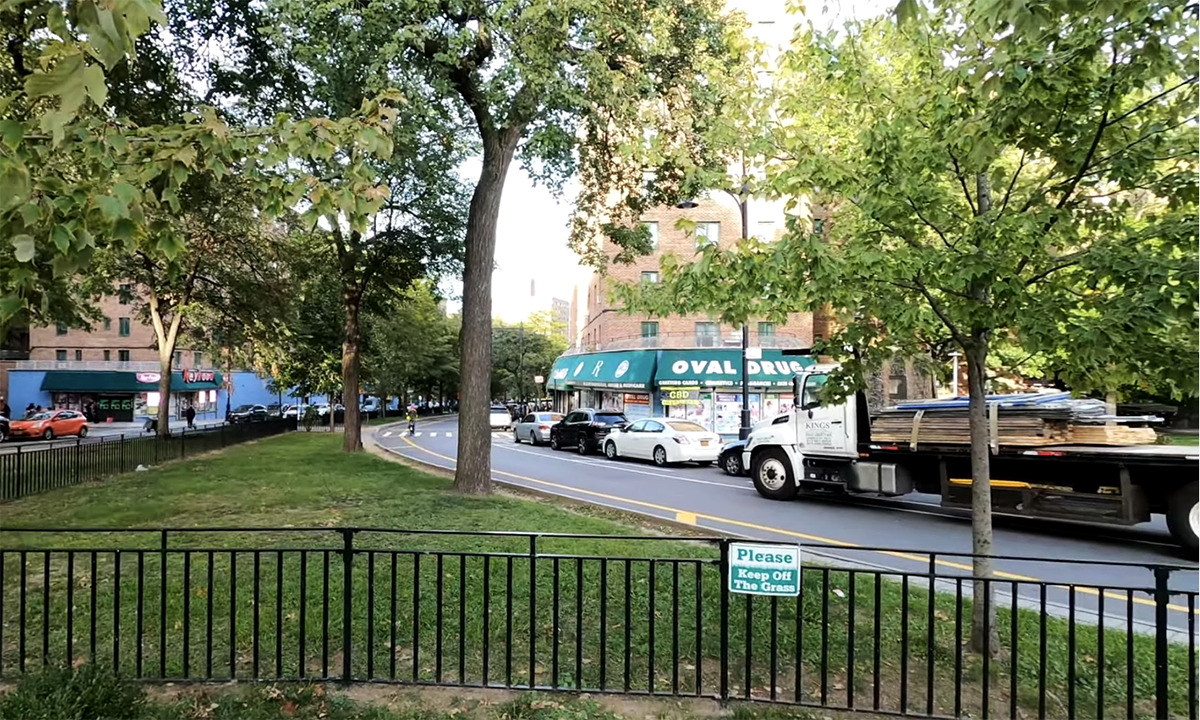
The community boards have expressed mixed reactions to the plan. While their votes are only advisory, their opinions weigh more when the projects claims to uphold the character of each of the affected neighborhoods. Potential for economic restoration is warranted but there’s a concern about the strain being placed on the existing foundation and unique character of the community. Most prominent voices come from Community Board 10 whose members have called for measures to ensure affordable homeownership options and even to limit building heights to maintain the area’s scale. In addition, the board is calling for parking and side yard requirements, expanded school capacity, and designated commuter parking lots, along with increased bus service. They also raised concerns about bringing more people into the area without boosting fire and police resources to match.
It’s not that the community wants to shut others out—new neighbors are always welcome. But there’s a deep concern about protecting the people who are already here, especially in a neighborhood where so many are living on the edge. In 2022, the largest share of households in Parkchester earned $20,000 or less—just like in 2000. The median household income was $48,700, nearly 40% lower than the citywide median of $77,550. Poverty is more concentrated here too: 23.7% of residents were living below the poverty line, compared to 18.3% across the city.
Meanwhile, rents are rising faster than incomes—by 23.7 percentage points. More than 30% of renters are severely rent burdened, meaning they spend over half of their income on housing. While 91.8% of rental units are technically affordable at 80% of the Area Median Income (AMI), that doesn’t mean they’re actually accessible to the families who have called this place home for decades.
So when residents express concern about incoming developments like the Metro-North station, it’s not about resisting change—it’s about survival. It’s about making sure the community isn’t priced out of the very future that’s being built around them. Angela Torres, a lifelong Bronx resident and single mother, has rented the same Parkchester apartment for the past 15 years. She moved in during her early 20s, looking for a place where her son could grow up with a sense of safety and community. “Parkchester just felt right,” she says.
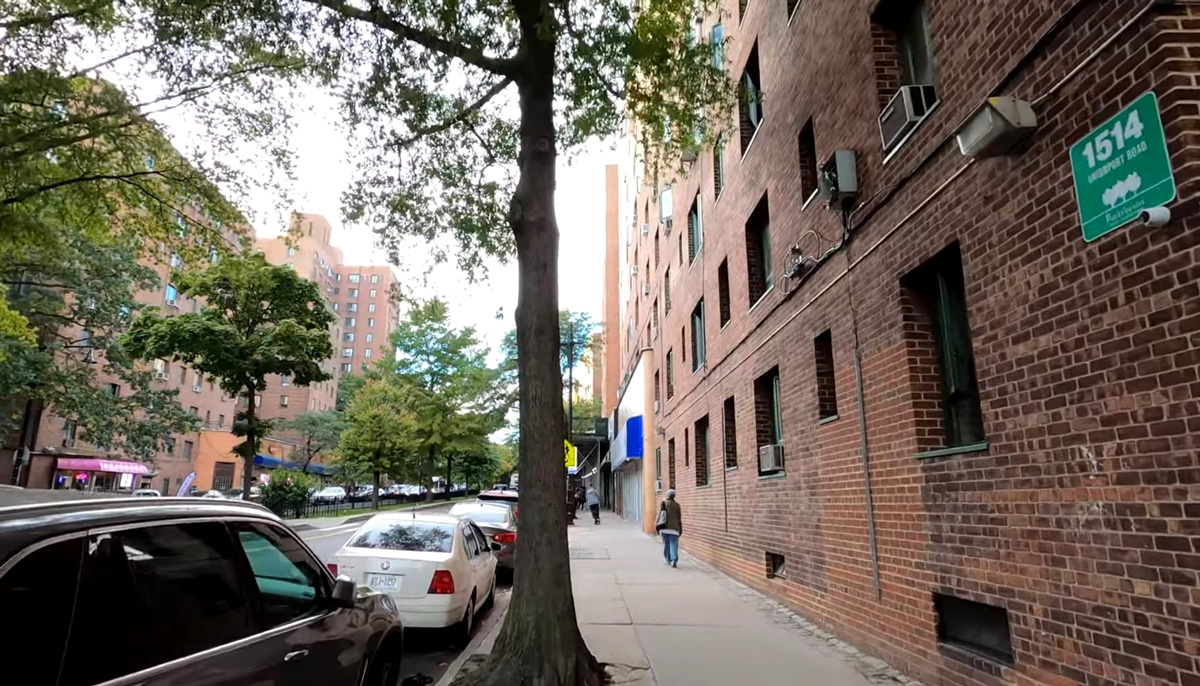
To keep up with rising costs, Angela Torres began renting out her old one-bedroom apartment a few years ago. At first, it was mostly to older neighbors—people who had just been priced out of nearby buildings, or were between leases after family changes or health issues. “Some were folks I’d known for years,” she says. “They just needed a safe place to land for a few months. I couldn’t charge them much, but I wasn’t trying to make a profit—I was trying to help.”
Lately, though, she’s been getting more interest from Fordham University students—graduate students mostly—who are drawn to Parkchester as a quieter, more affordable alternative to the crowded neighborhoods around campus. While renting out the unit helps her stay afloat, Torres admits the change is bittersweet. “I get why they want to live here but I also know that with every student who can pay, it gets a little harder for people who’ve been here.”
Still, Torres tries to strike a balance. “I screen carefully, I keep the rent fair, and I remind myself that everyone needs somewhere to live,” she says. “It’s not that we don’t want change, we just don’t want to be erased by it.”
As new promises of progress echo across the Bronx, and particularly in communities like Parkchester, residents like Ramos, Santiago, and Torres are left navigating a future that feels increasingly uncertain. They’re not resisting change—they’re demanding inclusion. In a neighborhood where community has always been the strongest currency, the real question isn’t whether Parkchester will change, but as Torres describes it, “Who gets to stay and belong when it does.”



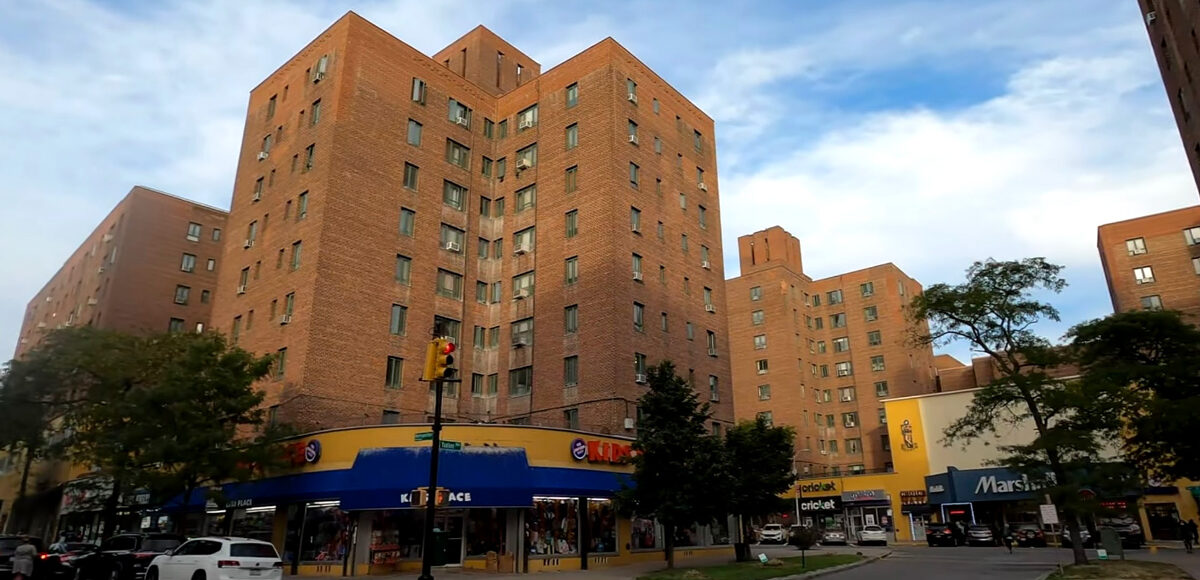

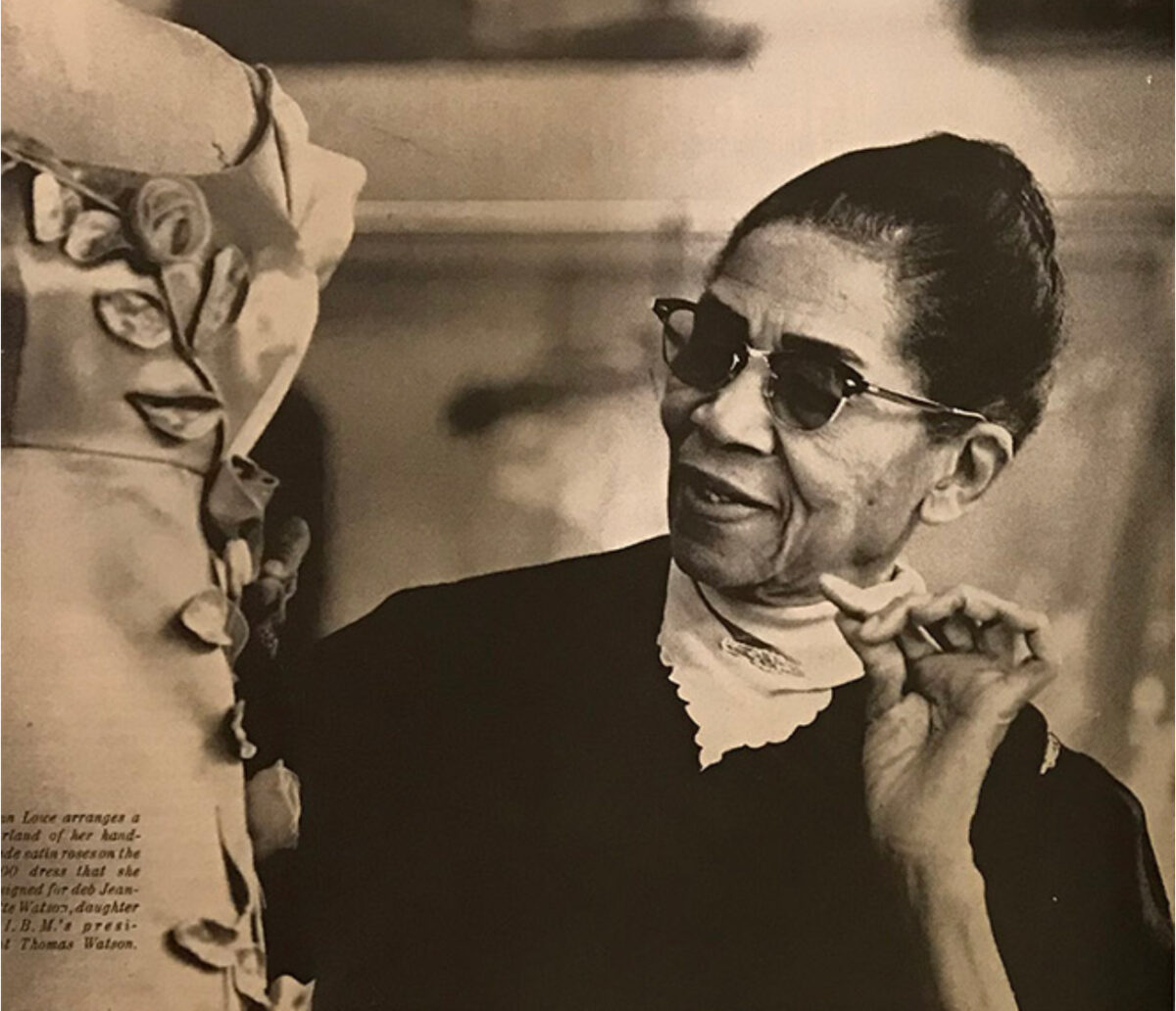
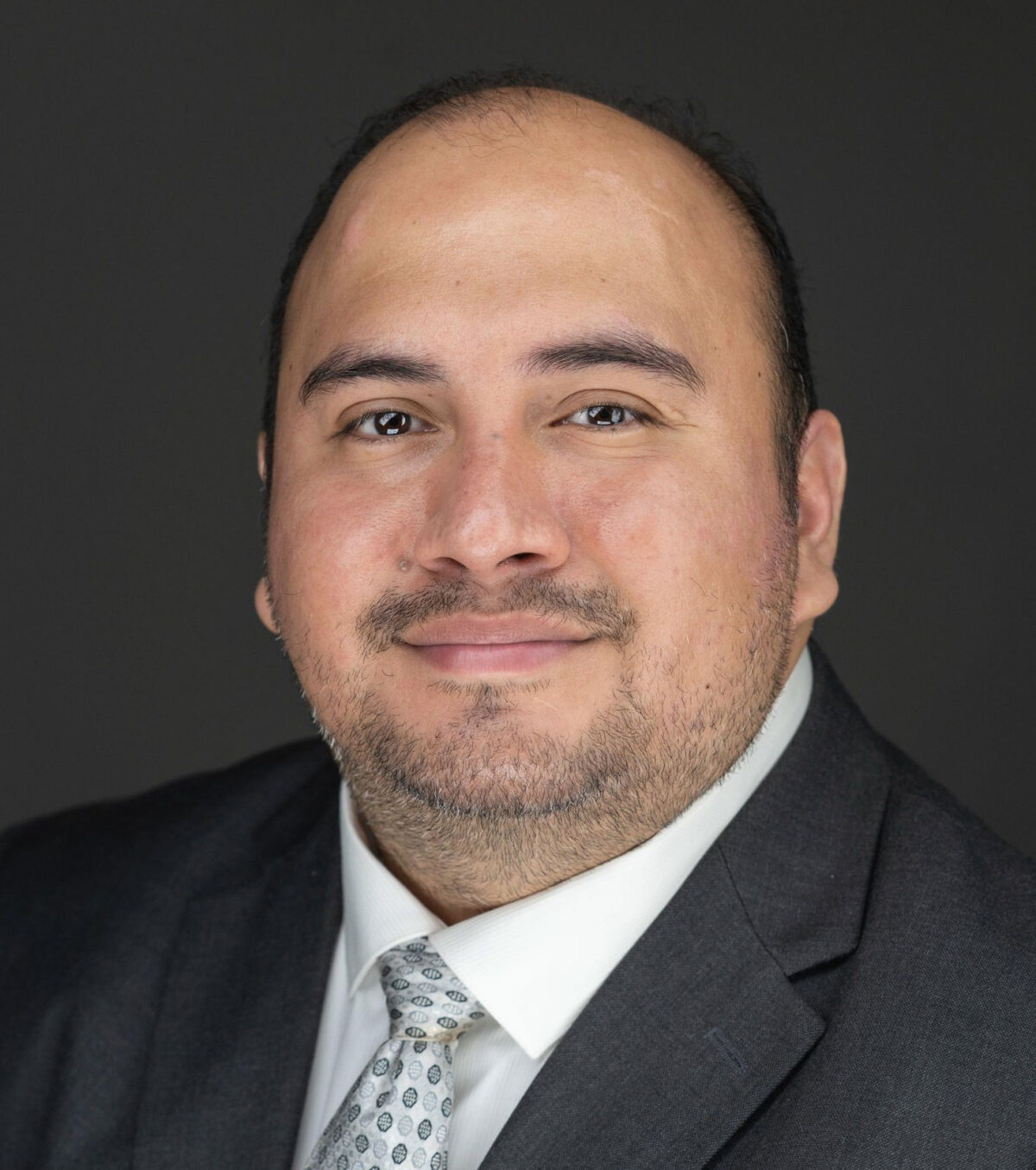

No comments
Sorry, the comment form is closed at this time.